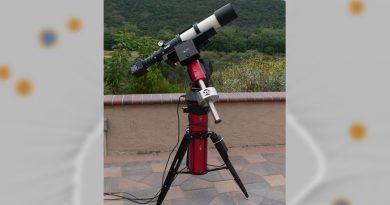2020 Messier Marathon!
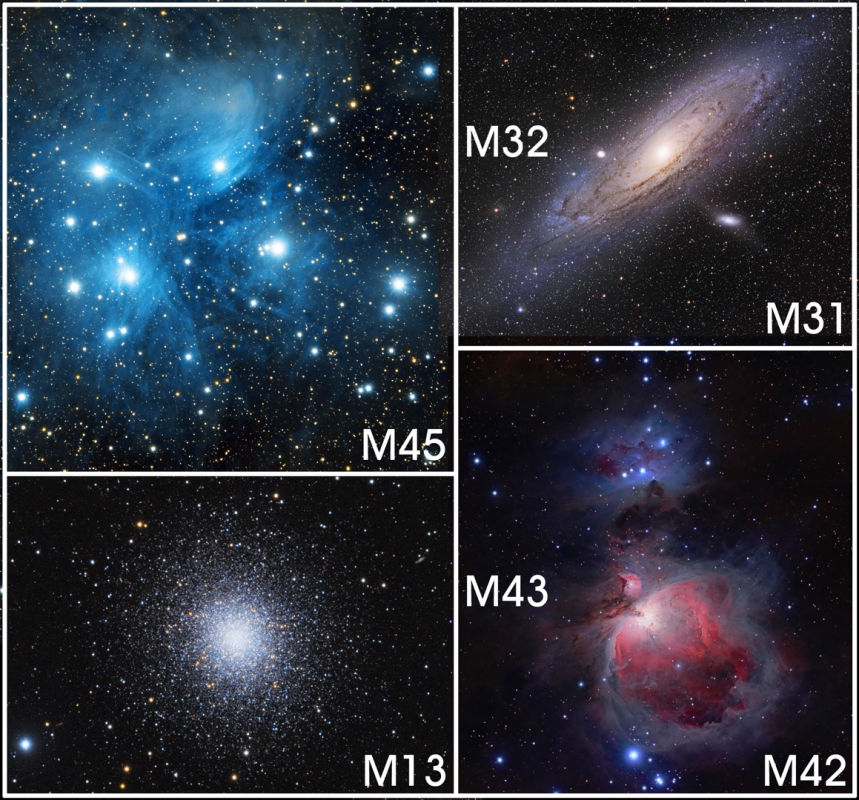
•M45 (Pleiades Star Cluster) with TeleVue-NP127fli + FLI ProLine 16803 CCD camera © Gordon Haynes. • M31 (Andromeda galaxy) & M32 (dwarf galaxy is left of center) with Tele Vue TV-NP127is + Apogee U9000 camera © Adam Block and Tim Puckett (more). • M42 (Orion Nebula) & M43 (De Mairan’s Nebula) with Tele Vue-85 + Tele Vue 0.8x Reducer/ Flattener + Canon T3 camera © Mike Broussard (more). • M13 (Hercules Globular) with Tele Vue-NP127fli + FLI MicroLine 694 camera © Wolfgang Promper (more).
The Messier Marathon is a northern latitude event that takes place on a night in March or early-April. This is a time when all 110 Messier objects are visible from the northern hemisphere. (See our 2018 blog post on how this list came about). Singularly and in groups, amateur astronomers stay up all night in a “marathon” session to try to view them all! To be a successful “marathoner,” you need to pick the right evening, have clear weather, good site selection, and a manually driven observing setup capable of wide fields of view.
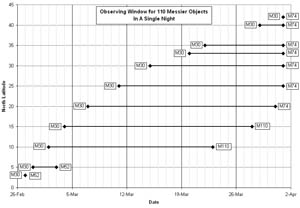
The possible date-range of the event depends on your northern latitude. Tom Polakis has produced a Messier Marathon Observing Window chart that depicts the observing date window by latitude. It takes into account the beginning and end of nautical twilight (when the Sun is 12° below the horizon) and how that impacts the visibility of the Messier objects near the Sun. (Increasing twilight is what prevents complete Marathons from being “run” in the far northern and extreme southern ranges of the Northern Hemisphere.) This chart would be fine by itself if there was no moon to contend with. But contend we must!

This year, the new moon is on March 24th — so there is a window of a few days on either side of that date where it rises or sets in twilight. On Polakis’ chart, if we pencil in some vertical lines a few days on either side of the new moon date, we find that observers at 10° north should be running their Marathon before the new moon and those at 40° north should be doing it after. For those in-between these latitudes: the 4th week of March would be the time to set up your observing gear.
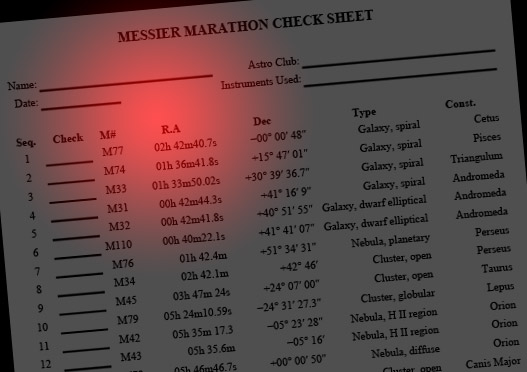
You are allowed to use more than one instrument to accomplish your observing marathon. All gear should allow you to have wide fields of view to quickly “sweep up” an object with the help of a skymap or location chart. Hand-held binoculars and small telescopes with at least 50mm of aperture will allow you to see about half the list. For the dimmer objects, a scope with at least 3-inch / 76-mm objective is recommended — though bigger apertures will help tease out the faintest objects and those in twilight. All this gear must be manually directed and hand pushed as motor-driven or computer-assisted mounts are seen as cheating!
Messier Marathon Gear Selection
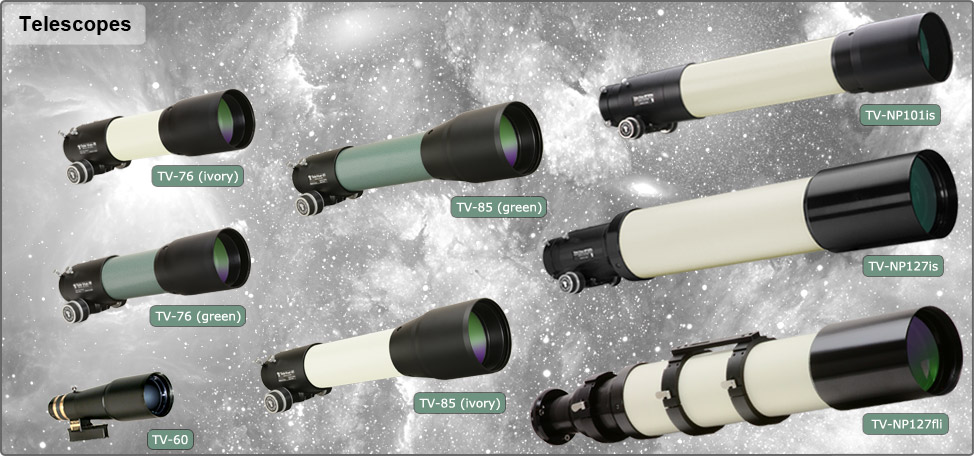 Every Tele Vue refractor, from the Tele Vue-60 to the 5″ Tele Vue-NP127is, can give at least a 4° field with our low power eyepieces. This eliminates the need for magnifying finders. Instead, use our unit-power StarBeam (mobile site) with flip-mirror to comfortably aim the scope in the vicinity of the Messier object you are searching for.
Every Tele Vue refractor, from the Tele Vue-60 to the 5″ Tele Vue-NP127is, can give at least a 4° field with our low power eyepieces. This eliminates the need for magnifying finders. Instead, use our unit-power StarBeam (mobile site) with flip-mirror to comfortably aim the scope in the vicinity of the Messier object you are searching for. 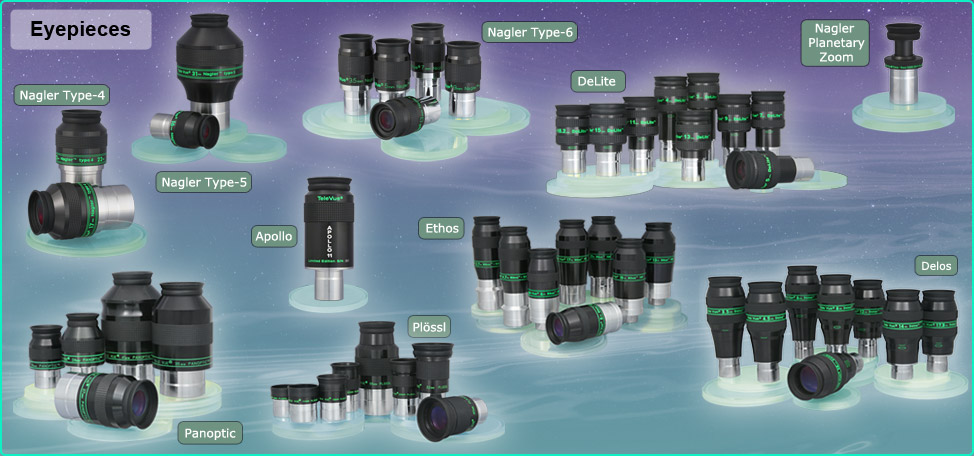 The Tele Vue 32mm Plössl and 24mm Panoptic eyepieces allow you to experience the largest true field in 1¼” focusers and the 55mm Plössl and 41mm Panoptic do the same for 2″ focusers. Long focal length members of the Nagler and Ethos eyepiece lines can be used to view at higher powers yielding darker sky backgrounds, but with slightly smaller true fields of view than the Plössl or Panoptic eyepieces. Try our Eyepiece Calculator (mobile version) to find the right eyepieces for your telescope.
The Tele Vue 32mm Plössl and 24mm Panoptic eyepieces allow you to experience the largest true field in 1¼” focusers and the 55mm Plössl and 41mm Panoptic do the same for 2″ focusers. Long focal length members of the Nagler and Ethos eyepiece lines can be used to view at higher powers yielding darker sky backgrounds, but with slightly smaller true fields of view than the Plössl or Panoptic eyepieces. Try our Eyepiece Calculator (mobile version) to find the right eyepieces for your telescope.
Since portability and ease-of-use are design goals for all Tele Vue telescopes, we developed alt-azimuth mounts that share these same goals. That makes our manually driven telescope mounts (mobile version) excellent for use during a Messier Marathon.
If you want illustrations of what these scopes can do on deep-sky objects, check out “The Messier Objects” and “The Caldwell Objects” books by Stephen James O’Meara. All his illustrations were made using a 4″ Tele Vue telescope visually!
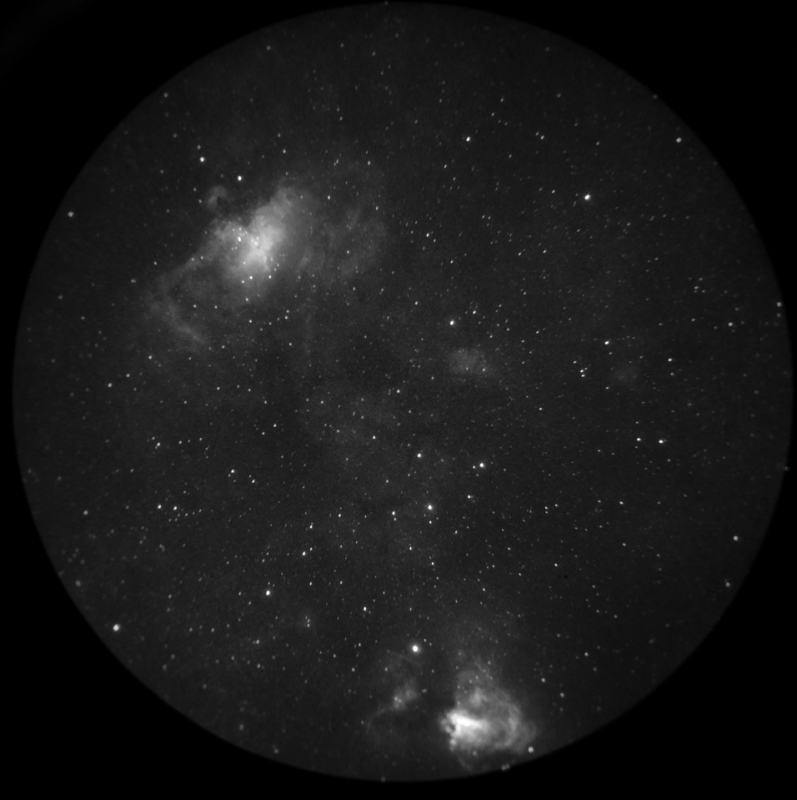
We haven’t yet heard of anyone using night vision monoculars for the Messier Marathon, but it’s only a matter of time! A PVS-14 night vision monocular can give your telescope a virtual aperture boost and make the dimmest Messier objects more visible. Night vision negates light pollution and makes dim fuzzies pop out of an otherwise somber sky. Night vision lets you get your sky bearings while still in twilight with the gain set to low. If participating in an organized contest, you should ask if night vision is allowed before using it. Read more on night vision on our website (mobile site).
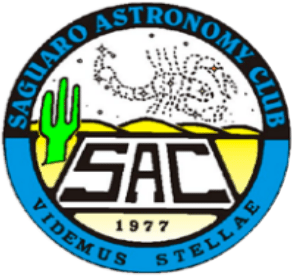 Some astronomy clubs organize their own Messier Marathons. The Saguaro Astronomy Club’s “All Arizona Messier Marathon” is best known and perhaps the oldest. This year’s date is March 28. In addition to the usual awards for observing the Messier objects, there will be a Solar System endorsement for viewing all 8 Planets and a Tombaugh endorsement for viewing Pluto.
Some astronomy clubs organize their own Messier Marathons. The Saguaro Astronomy Club’s “All Arizona Messier Marathon” is best known and perhaps the oldest. This year’s date is March 28. In addition to the usual awards for observing the Messier objects, there will be a Solar System endorsement for viewing all 8 Planets and a Tombaugh endorsement for viewing Pluto. Good luck with this year’s Messier Marathon!
Did you observe, sketch or image with Tele Vue gear? We’ll ‘like’ your social media post on that if you tag it #televue and the gear used. Example:
#televue #tv85 #ethos #m110
More Info
- Read our blog post on the origin of Messier’s catalog.
- For more details on the “Messier gap” from Right Ascension 21:40 to 0:40 hours, see our Post: Of the Moon and Messier Marathon.
- The SEDS.org website has some Messier Marathon Tips on accomplishing a successful “run”.




